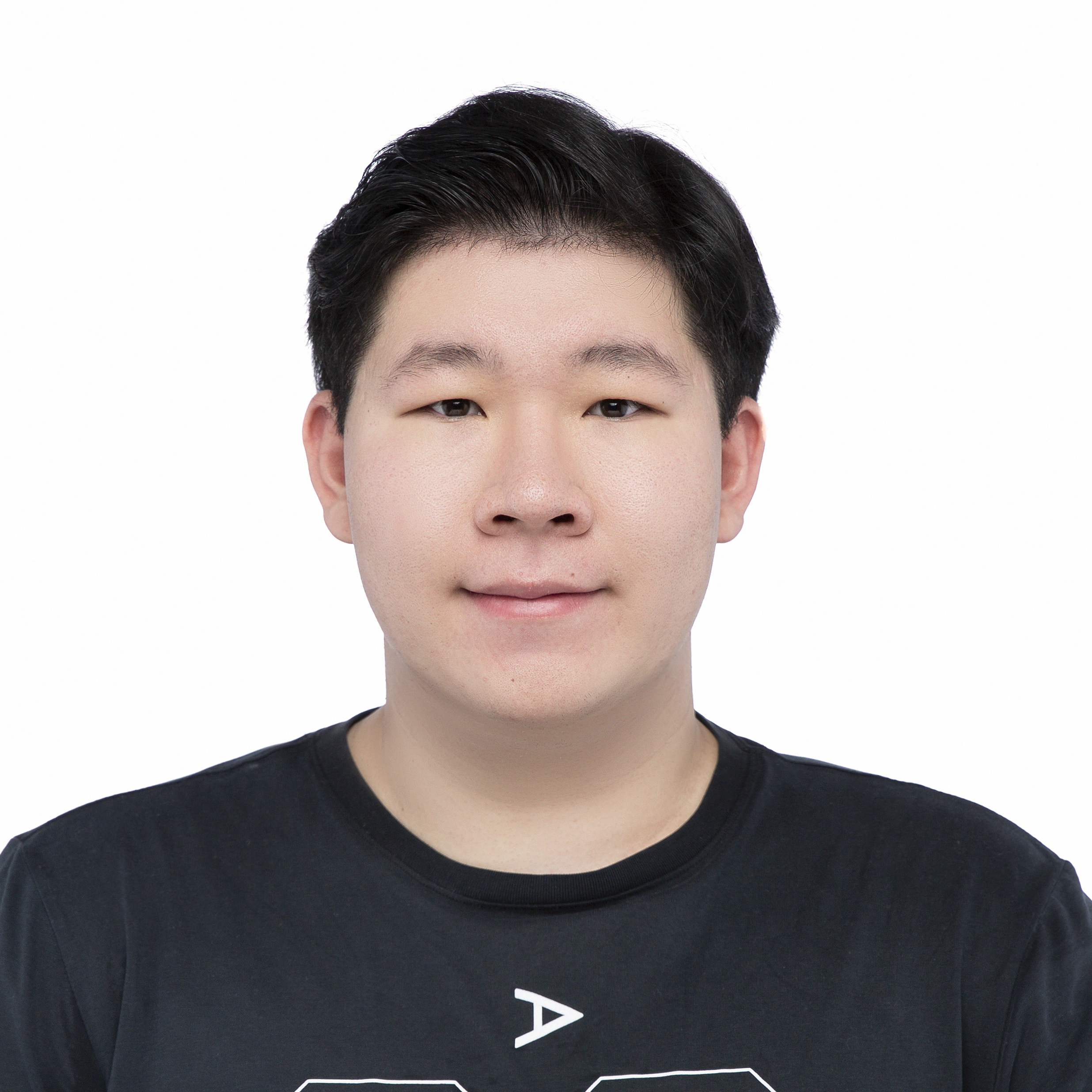
Shuyuan Wang
Last Update: Nov. 2025
I am a Ph.D. student in Prof. Richard Edden's group at the Johns Hopkins University School of Medicine, developing robotic approaches to advance in vivo Magnetic Resonance Spectroscopy (MRS) in the brain.
Previously, I earned my master's degree from Hopkins Mechanical Engineering, where I explored the intersection of control theory and animal sensorimotor behavior with Prof. Noah Cowan. Piror to that, I obtained my bachelor's degree at the Southern University of Science and Technology in China, where I studied soft robotics and advanced actuation with Prof. Hongqiang Wang.
Education
Johns Hopkins University
Department of Radiology and Radiological Science & Department of Mechanical Engineering
Doctor of Philosophy (expected)
09 / 2024 - present
Johns Hopkins University
Department of Mechanical Engineering
Master of Science in Engineering
09 / 2022 - 05 / 2024
Tsinghua University · 清华大学
Department of Mechanical Engineering
Visiting Student
06 / 2021 - 09 / 2021
Southern University of Science and Technology · 南方科技大学
Department of Mechanical and Energy Engineering
Bachelor of Engineering
09 / 2018 - 07 / 2022
Town
I grew up in Hohhot, a beautiful town at the intersection of Chinese (晋), Mongolian (ᠮᠣᠩᠭᠣᠯ), and Muslim (خُوِزُو) cultures.
I am now pursuing my Ph.D. degree in Baltimore, MD, home to the Ravens Flock 🐦⬛🏈